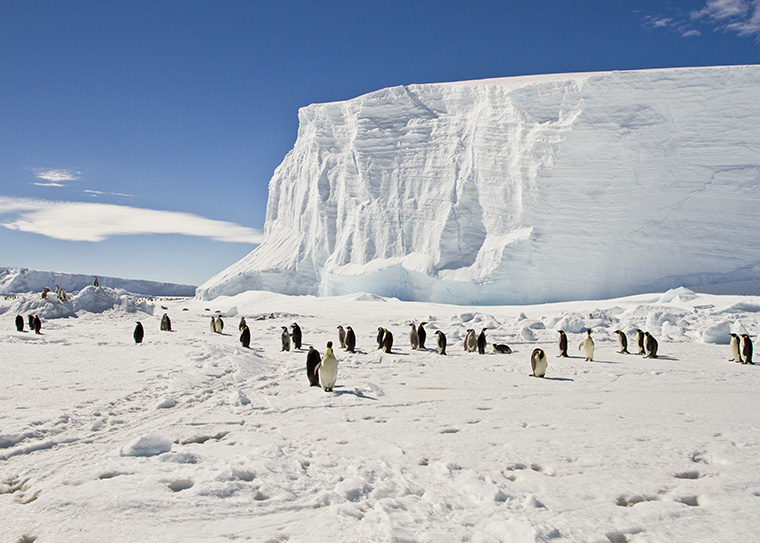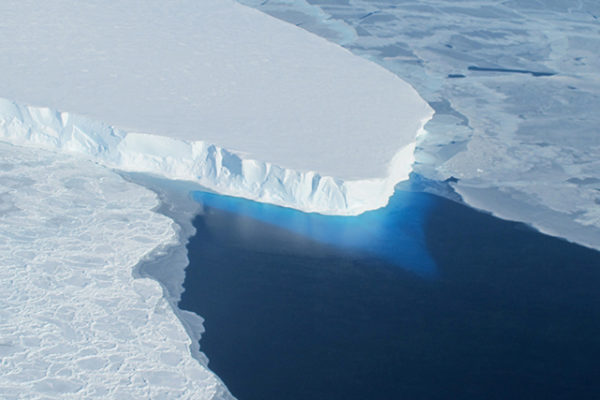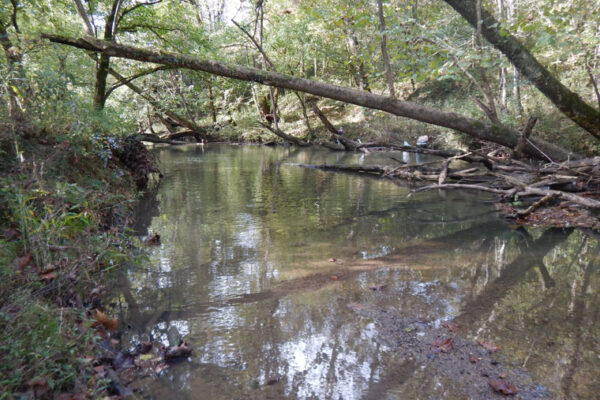Walid Ben Mansour, a postdoctoral research associate in the Department of Earth and Planetary Sciences in Arts & Sciences at Washington University in St. Louis, received a $191,601 grant from the National Science Foundation to determine the thermal and compositional structure of Antarctica using seismic, gravity and topography data and petrological modeling. Ben Mansour’s co-investigator is Douglas A. Wiens, the Robert S. Brookings Distinguished Professor of Earth and Planetary Sciences in Arts & Sciences.

Global warming is not the only factor that affects the presence of ice sheets and icefields on Earth. The interaction between the ice sheets and the solid Earth strongly influences the evolution of the glacial system and rapid ice mass loss has in Antarctica and Greenland, as Wiens’ previous research has shown.
In this new project, Ben Mansour and Wiens will use the latest geophysical datasets in Antarctica — those that are most sensitive to the physical state of the mantle (seismic velocity, gravity anomalies, topography) — to estimate 3D temperature variations down to 380 km depth, as well as the average composition in iron of the mantle across the continent.
Ben Mansour previously used a similar methodology to illuminate the lithosphere and sub-lithosphere in Africa. His research showed a good correlation between the thermochemical structure and geological boundaries. For the new project, Ben Mansour and Wiens expect to identify these boundaries beneath East Antarctica, covered by a 2-4 km thick ice layer.
As part of a larger research plan, Ben Mansour and Wiens will use the new thermochemical model of Antarctica together with others from Africa, Australia, South America and India to present a complete picture of evolution of the lithosphere since the ancient supercontinent called Gondwana broke up and split into the land masses we recognize as continents today.



